Space
Sign up for our newsletter
We summarize the week's scientific breakthroughs every Thursday.
-
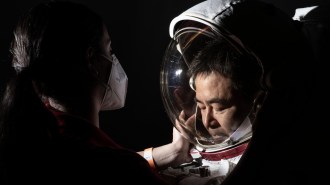 Neuroscience
NeuroscienceBrain cavities that swell in space may need at least 3 years to recover
MRI scans of astronauts show that duration in space and time between flights affect how much the brain’s fluid-filled cavities expand during missions.
-
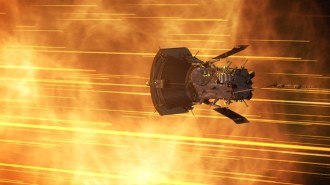 Astronomy
AstronomyThe Parker Solar Probe may have spotted the origin of high-speed solar winds
Kinks in the magnetic fields near the surface of the sun appear to be the cause of fast-moving flows in the solar wind.
-
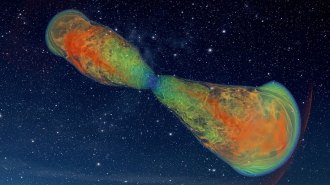 Astronomy
AstronomyA simulation of a dying star shows how it could create gravitational waves
Massive jets and an expanding cocoon of debris from a collapsing star could be a source of never-before-seen ripples in spacetime.
-
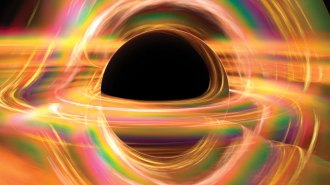 Astronomy
AstronomyWeird black holes may hold secrets of the early universe
Big black holes in little galaxies, rogue black holes and other behemoths could offer clues to cosmic evolution.
-
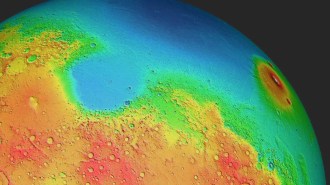 Planetary Science
Planetary ScienceA quake on Mars showed its crust is thicker than Earth’s
Seismic data from NASA’s Insight lander reveal the crust is roughly 50 kilometers thick, with the northern crust being thinner than the south’s.
-
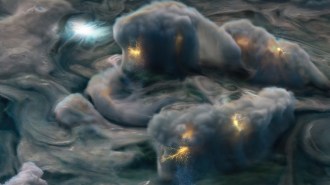 Planetary Science
Planetary ScienceJupiter’s lightning bolts contort the same way as Earth’s
Jovian lightning extends in jagged steps as it does on Earth, data from NASA’s Juno spacecraft suggest. The finding might aid the search for life.
By Nikk Ogasa -
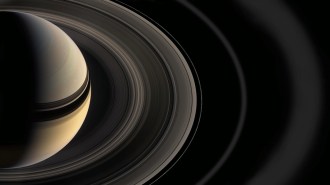 Planetary Science
Planetary ScienceSaturn’s rings may be no more than 400 million years old
An analysis of data from NASA’s defunct Cassini probe suggests Saturn's rings materialized more than 100 million years after trilobites appeared on Earth.
By Nikk Ogasa -
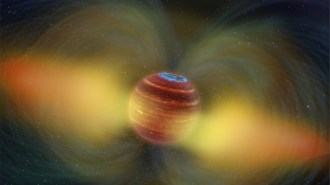 Astronomy
AstronomyThe first radiation belt outside the solar system has been spotted
Encircling a Jupiter-sized body about 18 light-years from Earth, the radiation belt is 10 million times as bright as the ones around Jupiter.
-
 Space
Space50 years ago, cosmic rays may have caused Apollo astronauts to see lights
Apollo astronauts reported seeing flashes of light where there were none. Fifty years later, the flashes still mess with modern astronauts’ vision.
-
 Astronomy
AstronomyA reappearing supernova offers a new measure of the universe’s expansion
Supernova Refsdal blew up once but burst into view at least five times. The timing of its appearances provides clues to how fast the universe is growing.
-
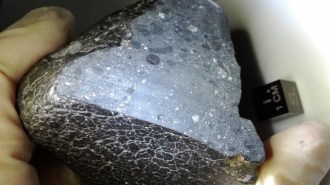 Planetary Science
Planetary ScienceWhy you shouldn’t use magnets when looking for meteorites
A popular tool for identifying meteorites can overwrite records of magnetic fields stored within the space rocks.
-
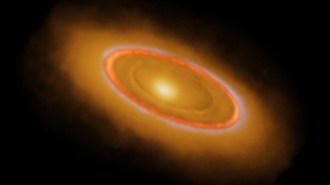 Astronomy
AstronomyThe James Webb telescope revealed surprise asteroids in the Fomalhaut star system
New images of Fomalhaut confirm that an alleged planet is probably just dust while also revealing a new asteroid belt and a “Great Dust Cloud.”